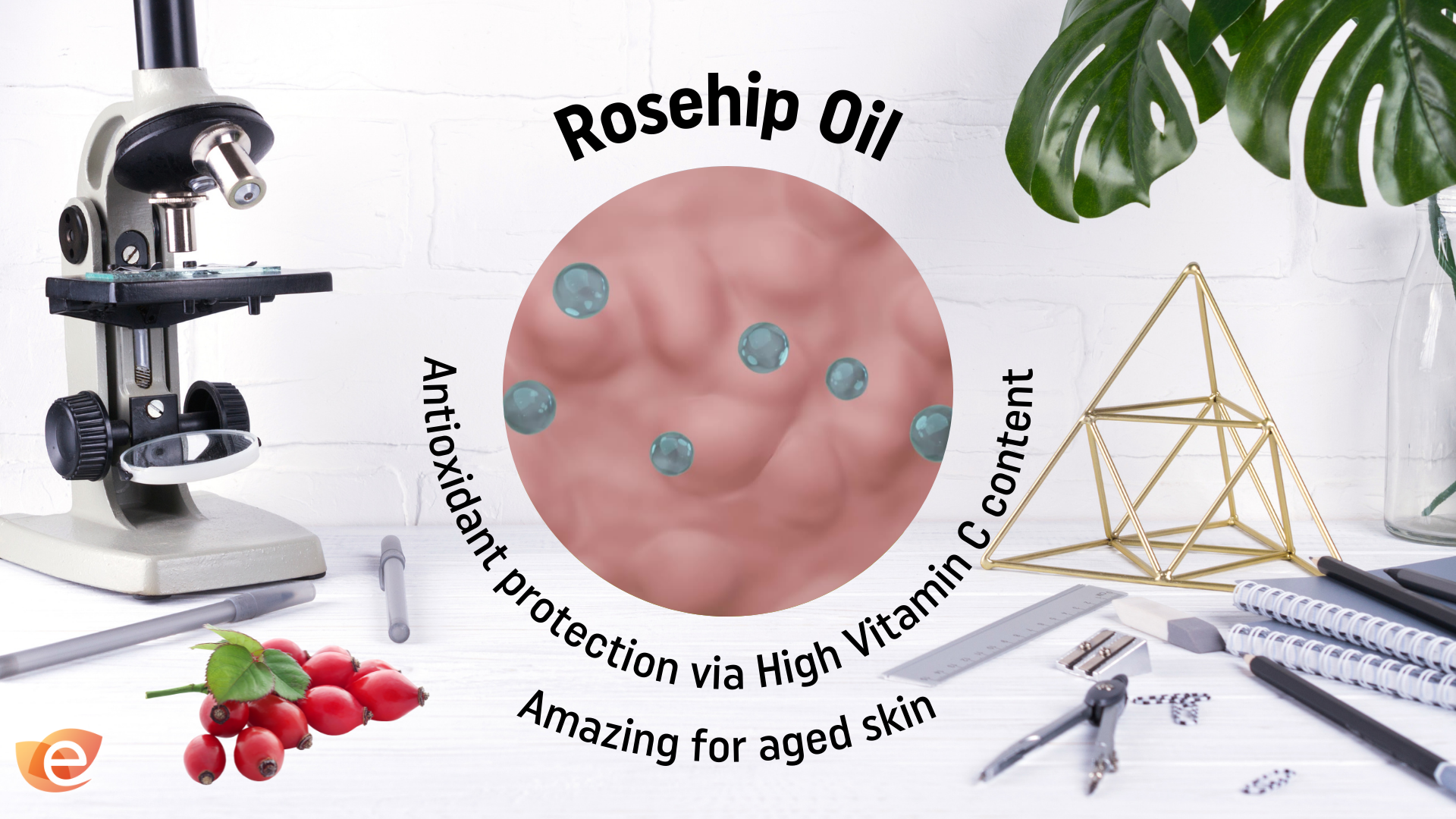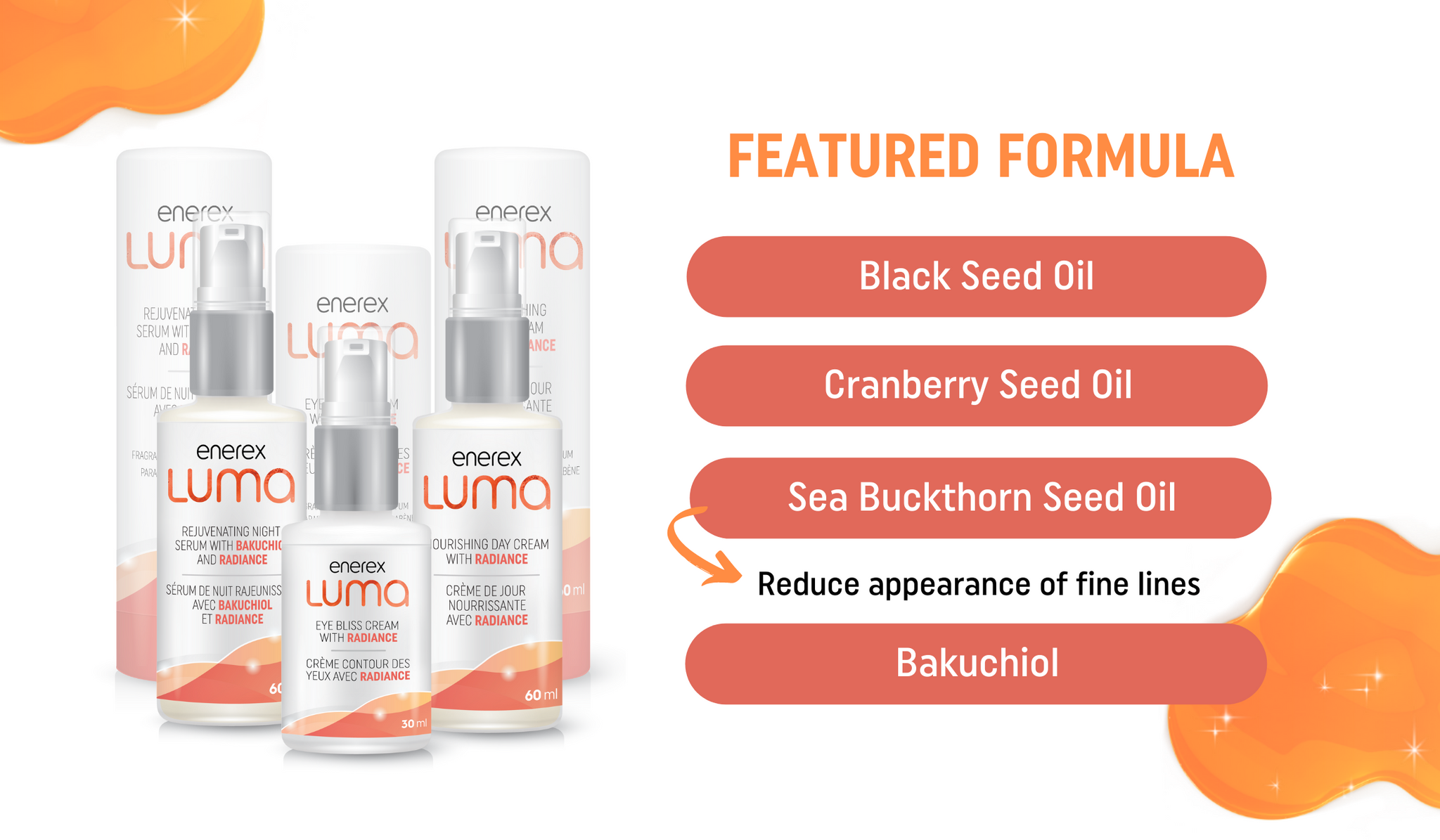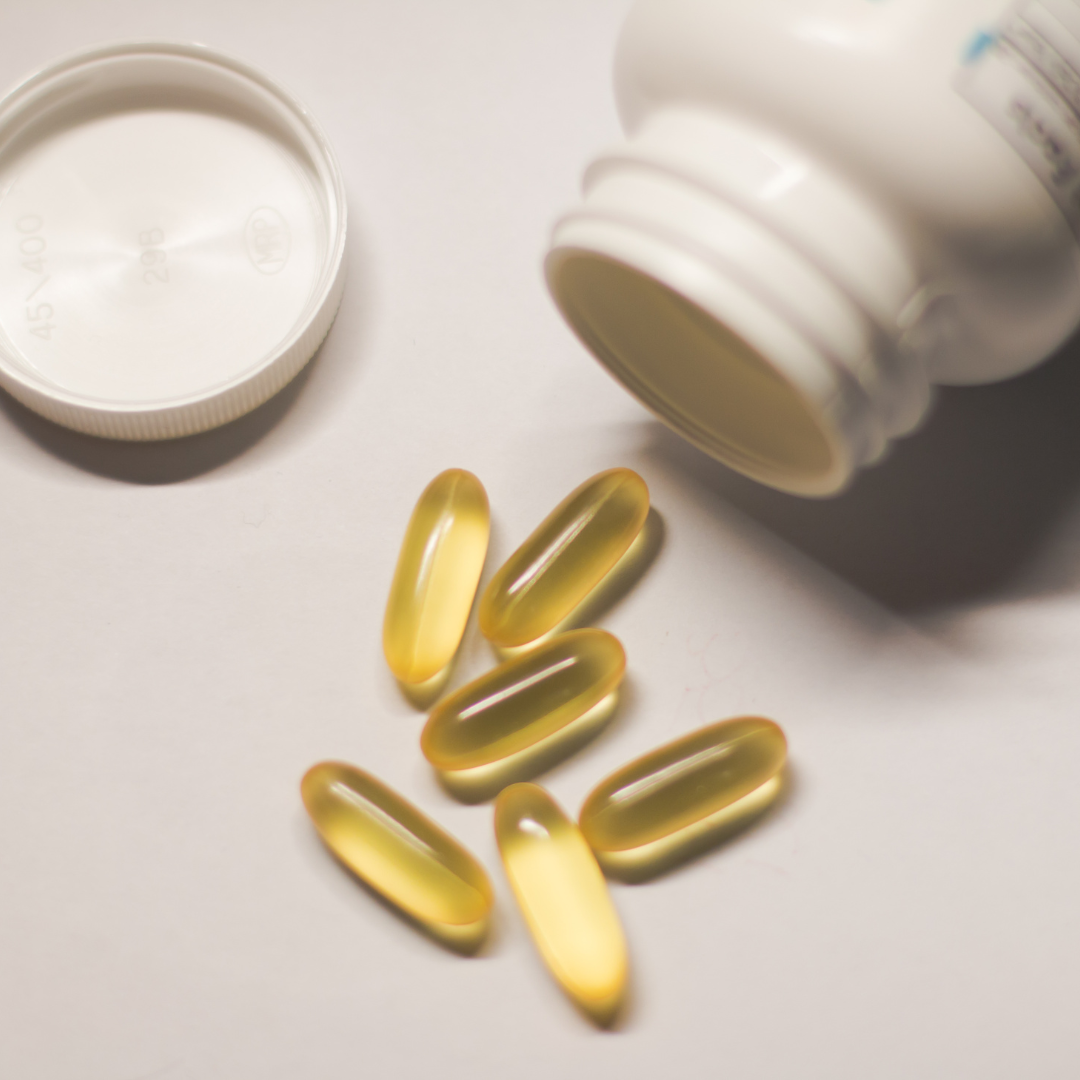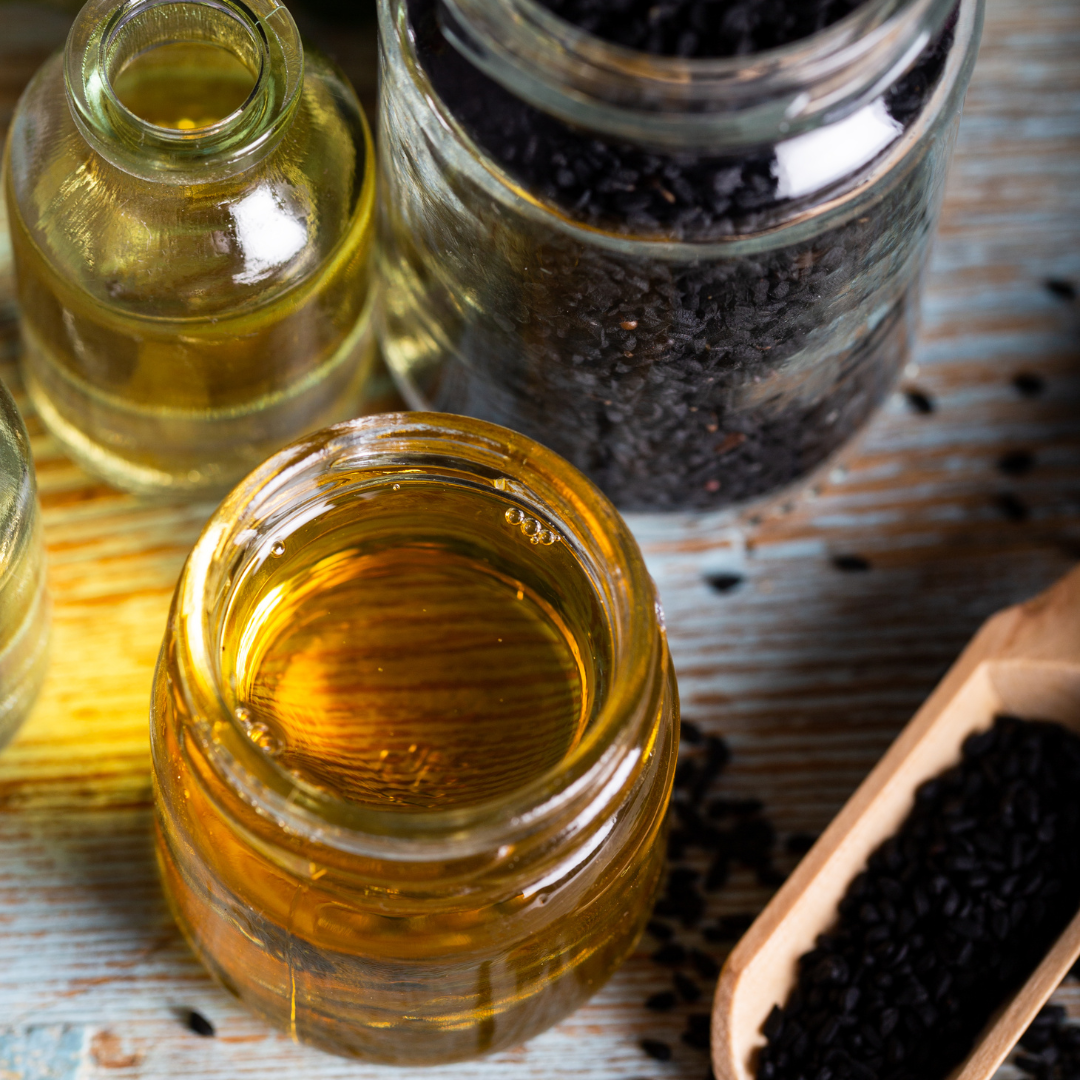Natural Dermatology

Written by Dr. Jewel Alfoure, ND
Nature is beautiful, but you may also know that nature is also efficient and practical.
When it comes to beauty, nature offers a variety of unique ingredients, but they all come with one condition, the condition of optimal health.
Though nature has the ability to enhance beauty, it can only do so utilizing proper, healthy enhancement.
In other words, nature refuses to be perceived as an illusion artist.
If it is cared for naturally and it looks beautiful, you can bet that it is also in good health!
Entering the skincare world is already a form of rugged terrain navigation.
Unfortunately, reading those cosmetic bottles has never been more complex—those tempting little bottles of promises come prefilled with an endless array of unregulated claims and sometimes even a bucket list of chemicals.
Even when skincare products are made with natural ingredients, it is often hard to determine what ingredients to choose.
After all, for most, the world of botanical dermatology is not common knowledge.
Such challenges make it hard for natural skincare seekers to get the results they aim for from natural skincare products.
To demonstrate that nature may be much more powerful than you could have ever imagined, the following is an account of some of the evidence-based uses of natural ingredients in dermatology (1)
Topical Collagen Boosters
Coconut Oil
Animal models show that wounds filled up more easily with the application of virgin, cold-pressed coconut oil (1,2).
There is also evidence of neovascularization, fibroblast proliferation and an increase in collagen synthesis (3).
If wound healing is what you seek, coconut oil may be an excellent agent to employ. Additionally, consider its application to ageing skin as it appears to enhance skin thickness and repair (2).
Natural Skin Protective Agents
Mango Butter
The emollient for rough, cracked skin.
Mango butter excels as a treatment for cracked feet, as an antiseptic, and as a post-soaking, moisture-locking agent (2).
Re-epithelialization (fill up) in skin cracks is observed within 1 to 10 days of use.
When it comes to the healing ability of mango butter, it is the natural tocopherols and phytosterols that are thought to be responsible for its beneficial effects.
Use mango butter on the cracked, dry areas of both hands and feet. (2,4)
Burn Treatment Agents
Olive Oil
The magical oil of the Mediterranean has many beneficial health effects and also acts as an excellent external ulcer healer (2,5).
Olive oil acts as an anti-inflammatory, antioxidant, and agent of dermal reconstruction.
Some evidence points towards the effect of olive oil to increase collagen deposition, myofibroblast differentiation and wound contraction, making it an excellent agent to ulcers both dermal and oral in nature (2).
Stubborn wounds respond favourably to olive oil, and some evidence even points towards its applicability as a topical pain-reducing agent as it protects chronic wounds from friction and prevents tissue from drying (5).
The key action of olive oil is to fill up a void in the skin and prevent it from being further infected (2,6).
Traditional Iranian olive oil ointment (consisting of olive oil, sesame oil and honey) shows superior results as a topical burn ointment compared to mafenide acetate (2,7).
Argan Oil
The beautiful oil of Morocco is also an effective burn-healing agent.
Animal models show a significant increase in growth factors when argan oil is applied to wounds (2).
In fact, it compares and sometimes performs better than silver sulfadiazine in promoting skin growth after burns (8, 2).
Argan oil is also known to enhance aged skin. When applied to ageing skin, it appears to highly improve skin barrier and reduce transdermal water loss.

Disease-Specific Symptom Relief
Avocado Oil
The topical oil of choice for patients who suffer from Scleroderma.
Most may not know about the devastating autoimmune condition known as Scleroderma.
Scleroderma is a condition that affects collagen synthesis and makes one feel that their skin is getting literally tighter and less flexible on them.
Avocado oil shows amazing evidence for reducing the over-generation of the epidermis and significantly improving the symptoms of Scleroderma (2,9).
Wound healing, collagen synthesis and anti-inflammatory properties were also attributed to avocado oil (2).
Sunflower Oil
The oil proven to improve symptoms of eczema.
Sunflower oil is an oil that is know known for its light, liquid consistency.
Studies show that it hydrates skin and has a pronounced positive effect on atopic dermatitis.
It is also shown to enhance wound healing and support the preservation of the stratum corneum layer (2).
Oils for Natural Beauty Abyssinian Seed Oil
Abyssinian Oil
Known to be one of the most sustainable plant oils in the world, Abbasyan oil is a lightweight, easily absorbable plant oil.
It packs tons of natural therapeutic agents in every drop (2,9).
The oil contains omega 3, 6 and 9 as well as Vitamin A, B1, B2, B6 and C, In addition, it is also known to be resistant to oxidation and has an excellent shelf life.
With a structure highly similar to the natural sebum produced by the body to protect and lubricate the skin, abyssinian oil is an excellent choice for sensitive, easy-to-clog skin.
Abyssinian oil is the oil for very sensitive and very damaged skin as it is shown to be well tolerated even in the cases of severe skin damage.
Though abyssinian oil is a plant oil, it is shown to be an excellent sebum dissolving agent making it an ideal choice for those who suffer acne and comedones (11).
Other Honourable Natural Ingredient Mentions







When choosing a natural skin care product, make sure that you read the ingredients thoroughly and examine if they serve the function that you are aiming for.
Go to the cosmetic counter armed with some knowledge about the ingredients you want to avoid, as this approach makes it easy to go through the elimination process.
Choose active natural ingredients that have some science backing their safety and effectiveness.
Make sure that you always patch test even natural skincare products and wait for 24 hours to ensure there is no chance of adverse reactions
Apply your skincare to the face, neck, chest and hands as those areas are exposed to the most damage
Never underestimate internal health and internal beauty enhancement both in the form of food as well as supplements as beauty and skin health always comes from within.
References
-
Bialek A, Bialek M, Jelinska M, Tokarz A. Fatty acid profile of new promising unconventional plant oils for cosmetic use. International journal of cosmetic science. 2016 Aug;38(4):382-8.
-
Nevin KG, Rajamohan T. Effect of topical application of virgin coconut oil on skin components and antioxidant status during dermal wound healing in young rats. Skin pharmacology and physiology. 2010;23(6):290-7.
-
Soliman AM, Lin TS, Ghafar NA, Das S. Virgin coconut oil and diabetic wound healing: histopathological and biochemical analysis. Eur. j. anat. 2018:135-44.
-
Mandawgade SD, Patravale VB. Formulation and evaluation of exotic fat based cosmeceuticals for skin repair. Indian journal of pharmaceutical sciences. 2008 Jul;70(4):539.
-
Díaz‐Valenzuela A, García‐Fernández FP, Carmona Fernández P, Valle Cañete MJ, Pancorbo‐Hidalgo PL. Effectiveness and safety of olive oil preparation for topical use in pressure ulcer prevention: Multicentre, controlled, randomised, and double‐blinded clinical trial. International wound journal. 2019 Dec;16(6):1314-22.
-
Al-Waili NS. Mixture of honey, beeswax and olive oil inhibits growth of Staphylococcus aureus and Candida albicans. Archives of medical research. 2005 Jan 1;36(1):10-3.
-
Zahmatkesh M, Manesh MJ, Babashahabi R. Effect of Olea ointment and Acetate Mafenide on burn wounds–A randomized clinical trial. Iranian journal of nursing and midwifery research. 2015 Sep;20(5):599.
-
Naher HS, Al-Dahmoshi HO, Al-Khafaji NS, AL-Saffar AK, AL-Saffar HK. Anti-Pseudomonal Effect of Argan Oil on Pseudomonasaeruginosa Recovered from Burn Patients in Hilla City, Iraq. The Journal of Infectious Diseases. Photon. 2014;113:270-6.
-
Gaby AR. Natural remedies for scleroderma. Alternative medicine review. 2006 Sep 1;11(3):188.
-
Iłowska J, Chrobak J, Grabowski R, Szmatoła M, Woch J, Szwach I, Drabik J, Trzos M, Kozdrach R, Wrona M. Designing lubricating properties of vegetable base oils. Molecules. 2018 Aug;23(8):2025.
-
Samarappuli D, Zanetti F, Berzuini S, Berti MT. Crambe (Crambe abyssinica Hochst): A non-food oilseed crop with great potential: A review. Agronomy. 2020 Sep;10(9):1380.








Leave a comment